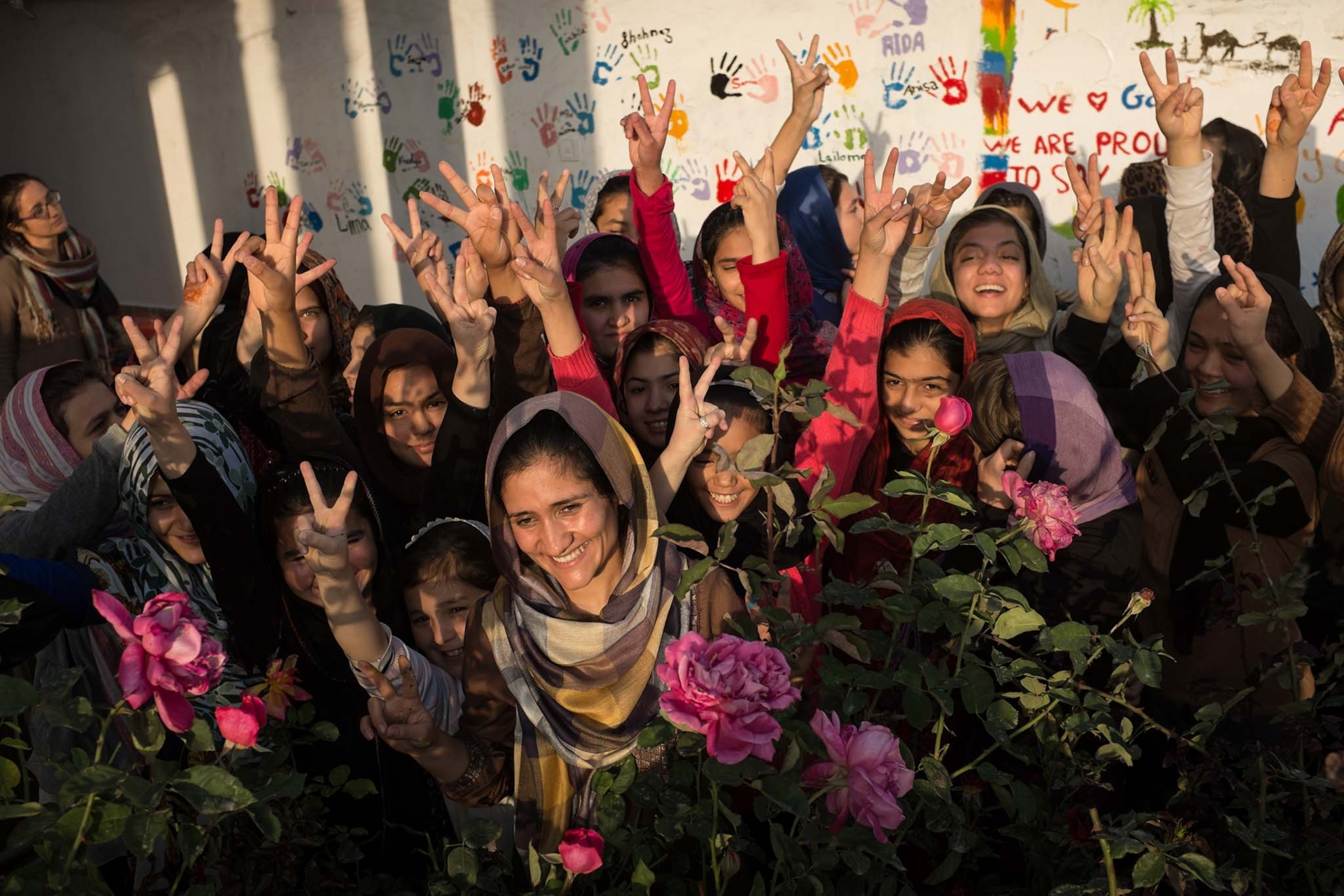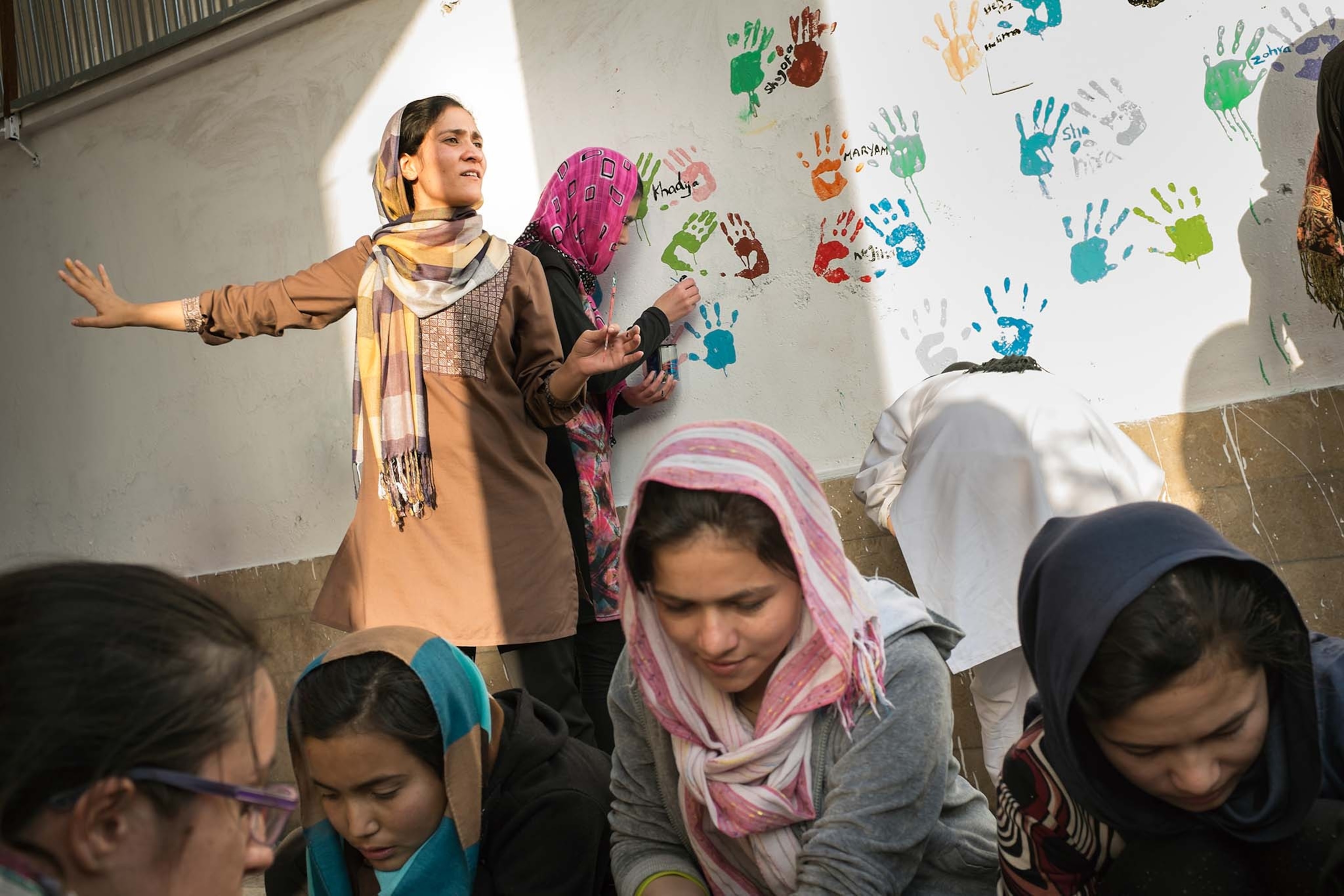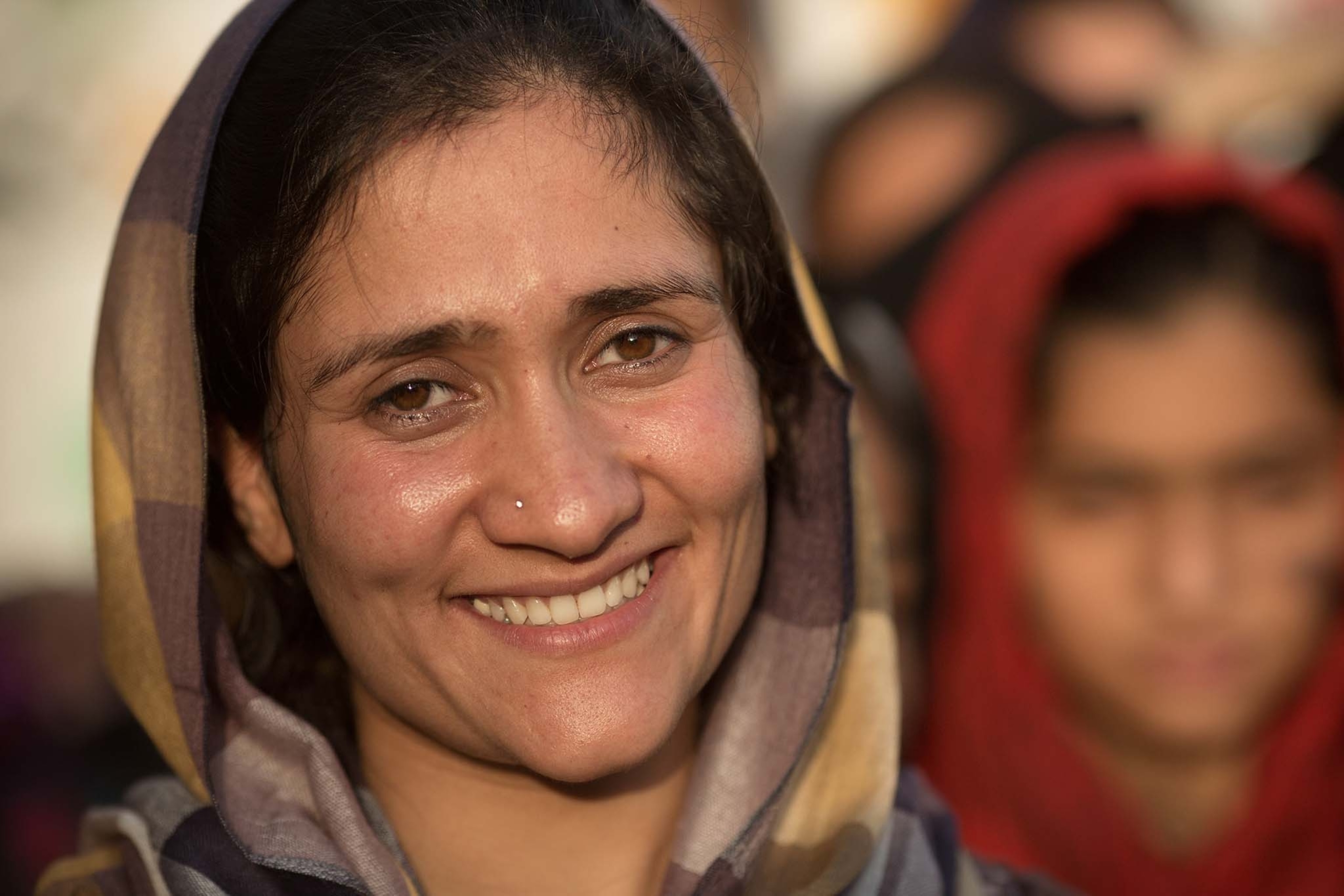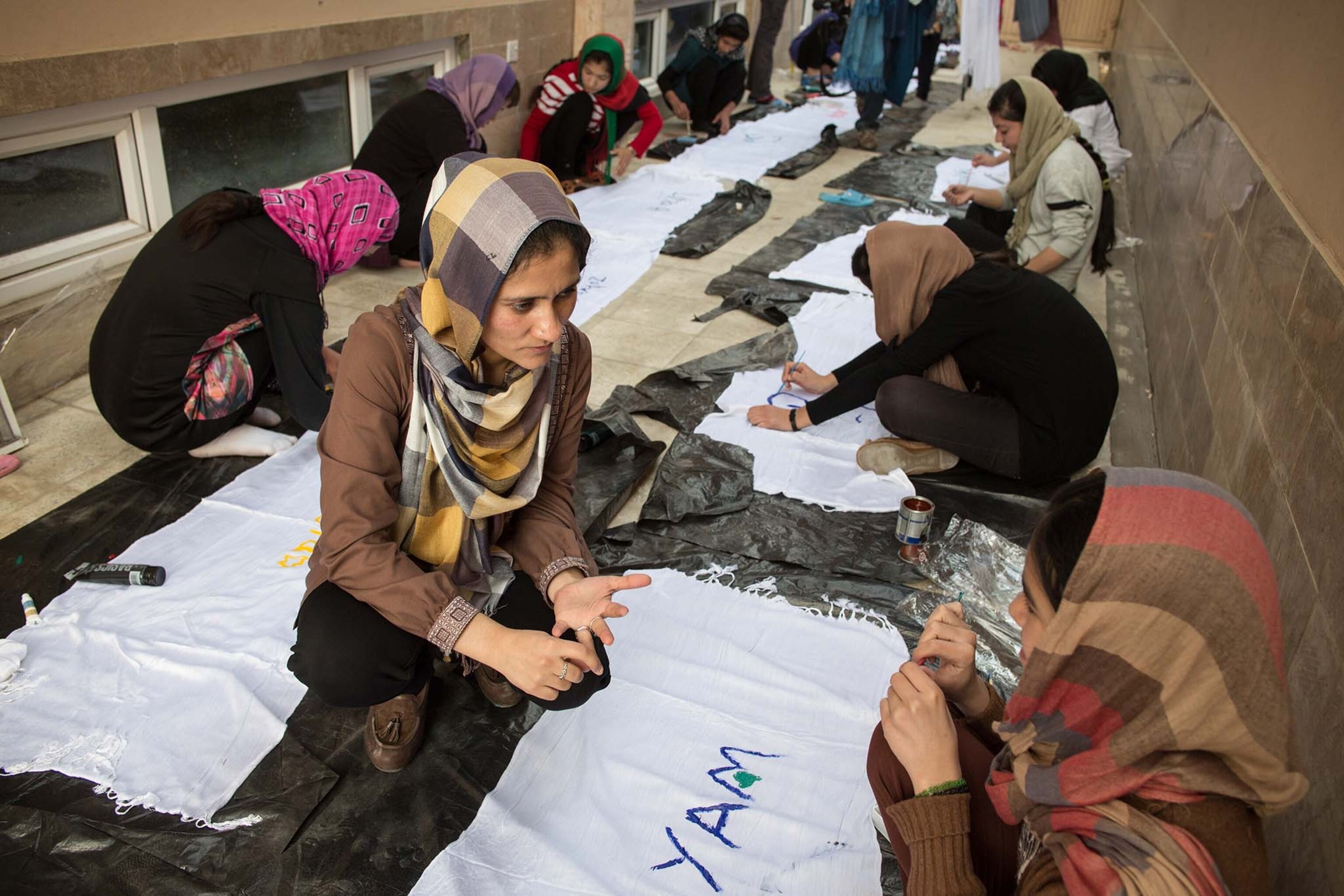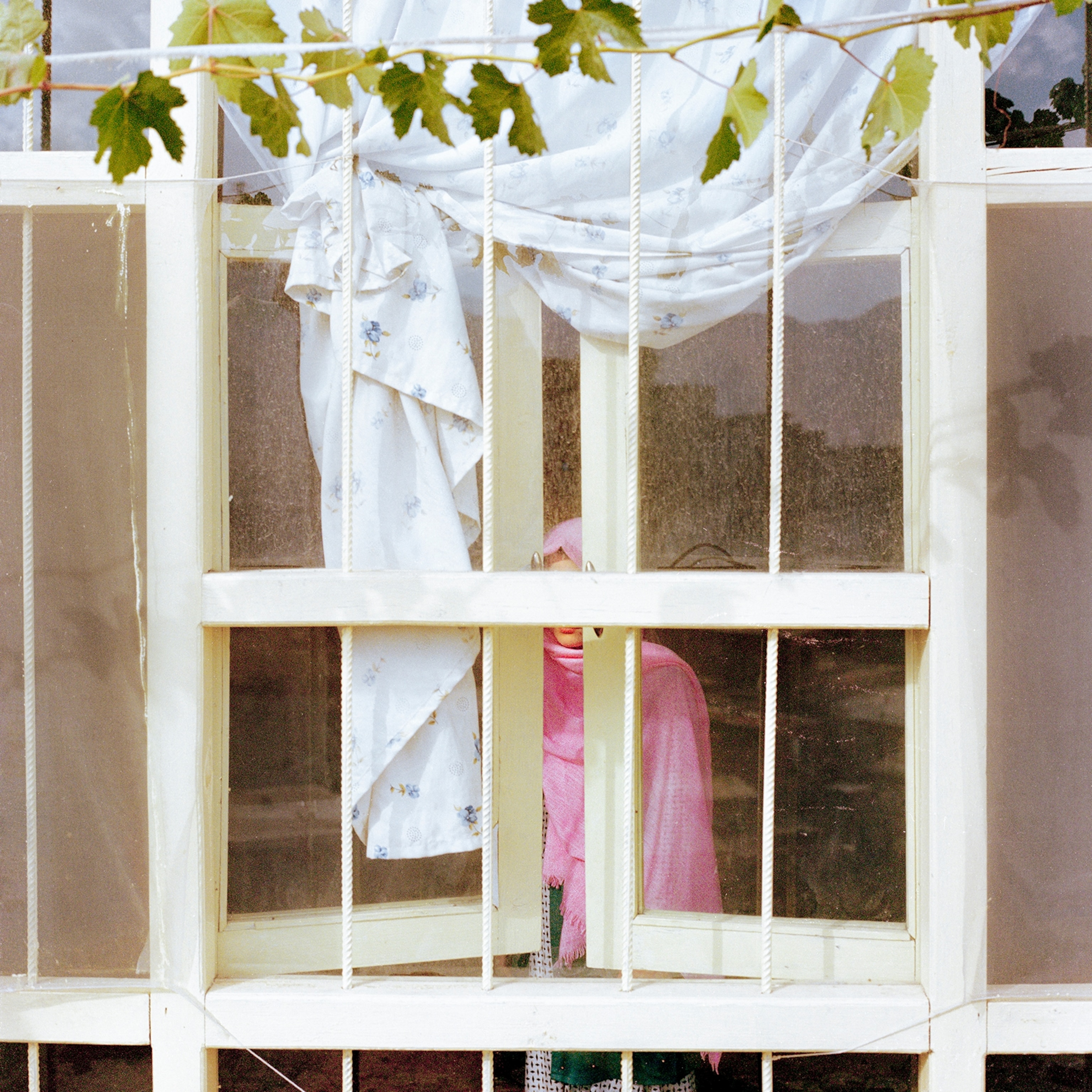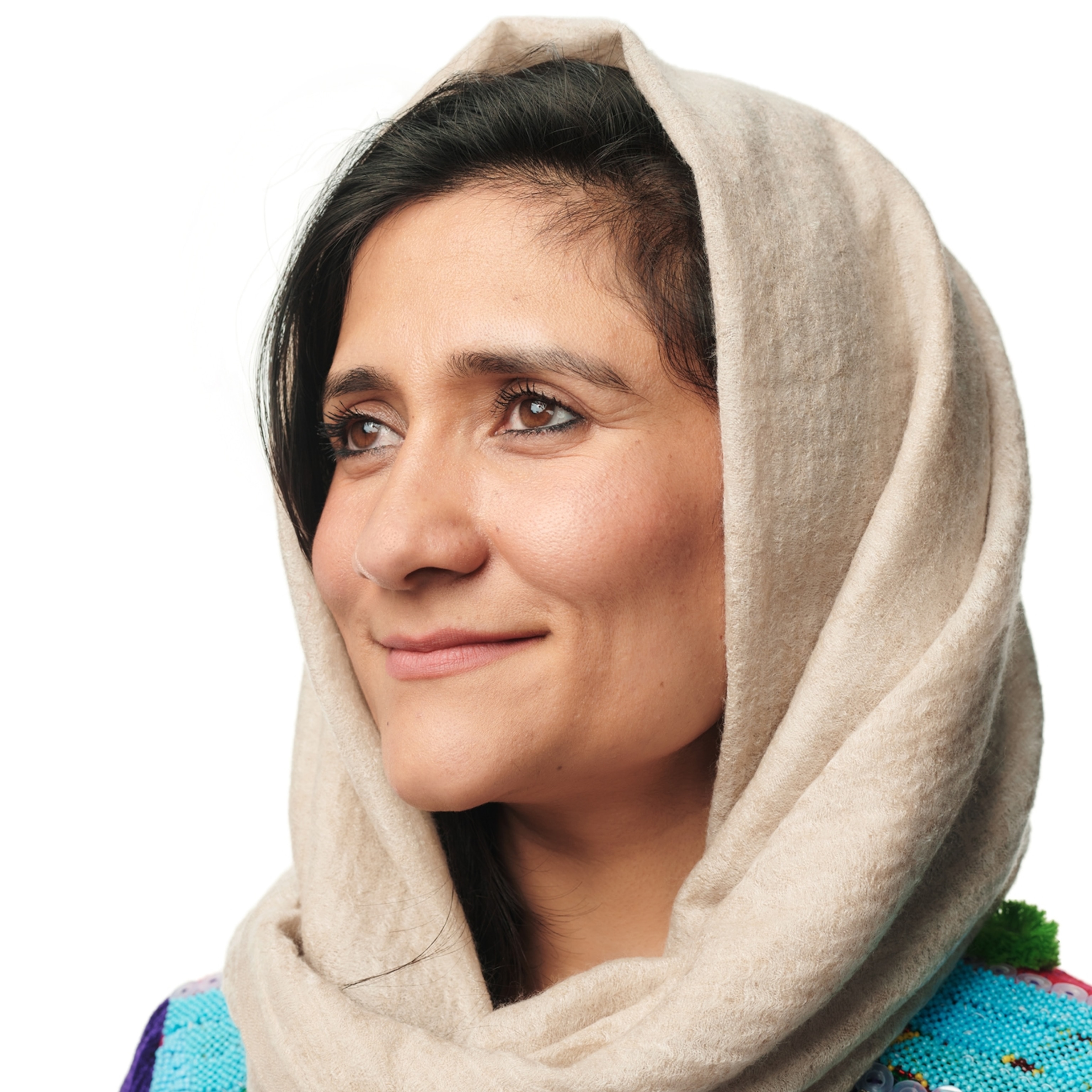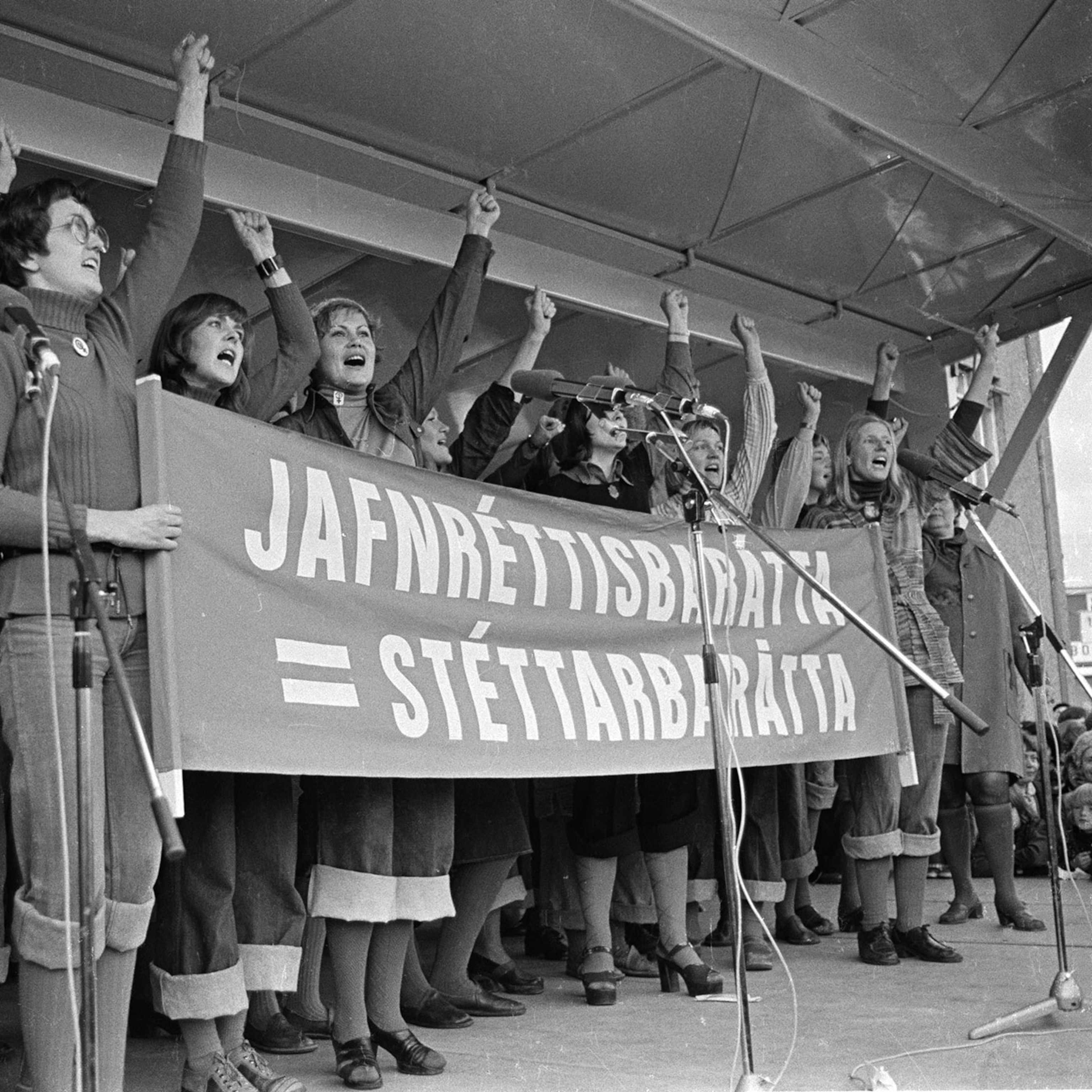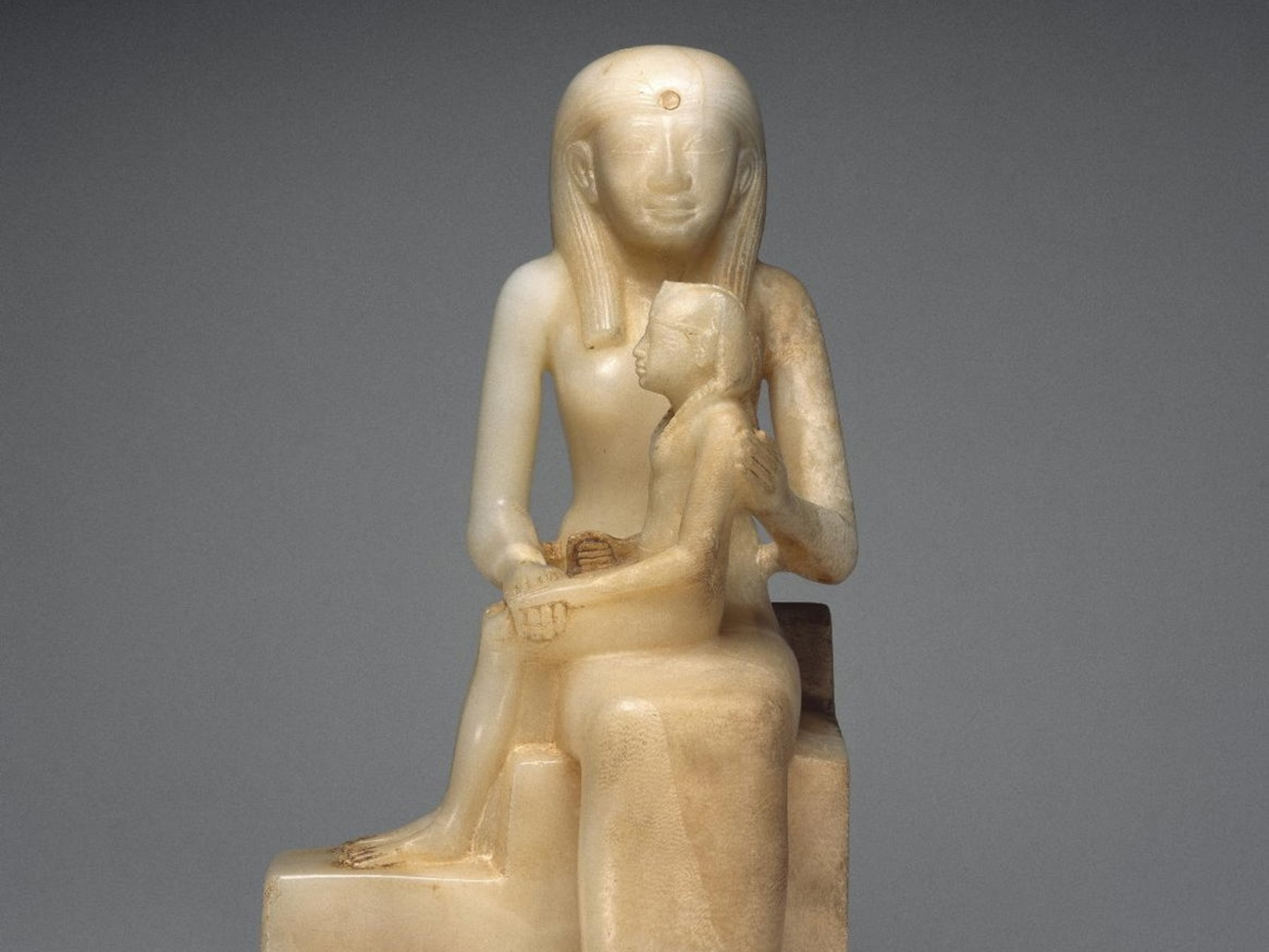Inside the Afghan School Where Girls Can Dress Like Girls
Shabana Basij-Rasikh, a 2014 National Geographic Explorer, wants to bring an end to the “bacha posh” tradition in Afghanistan.
In Afghanistan, obtaining a formal education can be a near-impossible goal for girls.
Having grown up in Afghanistan—and having become one of the few women to go to college—Shabana Basij-Rasikh, a 2014 National Geographic Explorer, knows firsthand the challenges that some young girls face just to make it to and from the classroom.
As a child, Basij-Rasikh dressed as a boy to walk to school in Taliban-held Afghanistan where no schools existed for girls. The practice is known as “bacha posh”—the literal translation from Dari is used to describe a girl “dressed like a boy” in Afghanistan. (Read “Afghan Woman Who Once Went to School in Disguise opens Boarding School for Girls”)
The tradition—highlighted in tonight’s episode of Explorer—allows girls to live in disguise as boys in the deeply conservative society where men and boys hold almost all the privileges, including accessing an education.
In an effort to make quality education better-accessible to girls, Basij-Rasikh co-founded School of Leadership, Afghanistan (SOLA), the first boarding school for girls in Afghanistan, which has since been providing schooling to young women since 2008. (Read “A Native Daughter Returns to Afghanistan on Daring Mission: Educating Girls”)
Although education in Afghanistan continues to improve, only 23 percent of Afghan women are literate, and over 600,000 school-aged girls are still out of the classroom.
Basij-Rasikh said she wants to provide girls an opportunity to leave their homes—without having to dress as boys—and access the means to achieve high school and college-level educations that will help them eventually become some of the first women to enter their fields.
In a recent interview with National Geographic, Basij-Rasikh talks about the progress SOLA has made since its opening and what she hopes the boarding school can help Afghan girls achieve in the coming years.
You’re getting close to the 10-year mark for SOLA. How has the school changed and evolved, especially in the last few years?
We have evolved from a scholarship program to a boarding school—the first and only for girls in Afghanistan. The focus was initially to bring students outside of Afghanistan for a quality education, but we found that the more sustainable approach was to bring the quality education to Afghanistan for more students to access. In the last few years, we have also gone from taking in ninth- through twelfth-grade students to sixth- through twelfth-grade students.
We discovered that a lot of high school students in rural Afghanistan were academically struggling with middle school subjects, and we started to find that it’s because there’s an extreme lack of teachers who are subject matter experts in Afghanistan—many of the teachers don’t even have high school educations. We’re now starting school with these girls early enough to address any academic gaps and at a time that they’re young enough for us to convince their families to allow them to leave home and go off to school. And it’s working—every sixth grader last year returned to move on to seventh grade.
Are you facing any challenges getting girls to enroll at SOLA?
Starting the first boarding school for girls in Afghanistan comes with its own complications; we don’t do any advertising for enrollment—everything is word-of-mouth. We make trips to different provinces each year to talk to potential students and their families, and by bringing current students who can talk about their experiences, we build credibility with those families.
This year alone, we have received 472 initial inquires and 104 completed applications. We admitted 26 students in the new class, so it’s incredibly competitive to get admitted to SOLA, mainly because we have a small facility right now, but we’re growing slowly to make sure we get the model right for implementing education.
Are there risks involved for girls who attend SOLA or their families?
At the very least, [the families] risk reputation in their local communities for making such a radical decision to allow their young daughters to go away from home and go to school. In some serious cases, they’ve accepted risks and threats to their lives for allowing their daughters to come to SOLA. That’s incredibly inspiring to us.
How has the diverse background of students at your school benefited girls, parents and teachers?
We hear about how open discrimination is against students of different backgrounds at schools in Afghanistan, and for students to come to SOLA and see how completely against that we are, I think our students and teachers both find that inspiring.
Students in our classrooms at SOLA represent at least 15 different provinces in Afghanistan. We see students share stories about the similarities and differences in food and clothing and traditions that are popular in different parts of Afghanistan, and it’s incredible to hear some students talk about how they’re the first people in their families to know people from so many different ethnic groups. We also make sure that when we’re hiring teachers, they speak and teach lessons in [Dari and Pastho,] both of Afghanistan’s official languages, and also in English.
At the boarding school, you’re providing more than just a general education—you’re providing a lot of important resources and tools of empowerment for girls. Why is that important?
When you look deeper into SOLA, it’s much bigger than just a boarding school for girls in Afghanistan. There are so many challenges that girls and women in Afghanistan face, especially in rural areas, every day. I am not just interested in setting up a school for girls. I’m interested in the lifelong impact that this kind of education can have in not just one girl’s life, but also in that of her family and the generations that come after her. A lot of students in Afghanistan go to school without learning very important and necessary skills, such as critical thinking. They’ve never been encouraged to be creative thinkers or question their status quo. For me, that is so dangerous because it’s such a loss of opportunity. Every direction we turn, there’s a great need in Afghanistan, whether it’s in healthcare, education, environment, medicine or elsewhere.
When I think about what SOLA education can do to shape the future for girls here, I think about these girls learning to be accepting of everyone, and not limited to just those in Afghanistan. I want girls here to see themselves as responsible citizens of the world. So, in addition to the curriculum at SOLA, we have Skype mentors who meet with girls virtually each week. It’s not just about practicing English with someone. Instead, it’s also about getting a different outlook into the world outside of Afghanistan and broadening their vision. Each winter break, we’ve also taken students to India. This exposes them to new experiences, and it takes them to places in the region where they can learn about sustainable peace and development. There’s so much cultural similarity in India, and they’ve made so much progress that our students can learn from.
Some girls in Afghanistan still dress as boys to attend school. How difficult is it still for girls and women to access education?
Access to quality education in Afghanistan remains very challenging. There are so many reasons that hold young girls behind. Often times there are security reasons or there are economic or cultural reasons that don’t allow them the opportunity to go to school. Even the most basic education in Afghanistan is incredibly challenging, and in many cases, it’s because of a lack of teachers throughout Afghanistan that prevents girls from going or staying in school past elementary school. This is yet another reason why I think the boarding school model is such a significant solution for girls. By bringing a young girl to a boarding school, so many of these traditional barriers and obstacles are removed and she’s able to focus on herself.
What are some of your goals you have for the school in the coming years?
For SOLA, one of our goals is to get a land grant from the Afghan government so we can build a permanent campus for our school. We’re expanding—our school went from 37 students to 62 this year—and our goal is to expand by 25 students each year. Another goal I have is to set up an endowment fund for the school. At the moment, 100 percent of our operating costs are covered by donations and grants, and it’s not a sustainable way to fund the school. The endowment will give our mission and school a financial permanence. We’re also hoping to start having more conversations about replicating this model because it’s going to be critical for making education more accessible to more students, and that’s something I’m excited about and really looking forward to.
Follow Casey Smith on Twitter.

